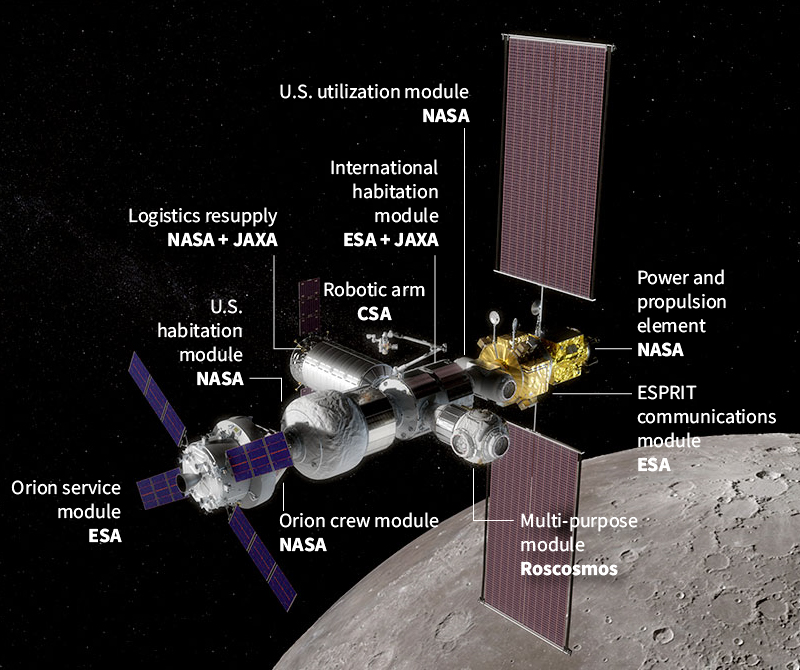To avoid being hit, damaged, or destroyed by all this approaching space junk, these satellites must maneuver out of the path. Every year, hundreds of collision avoidance maneuvers are carried out across all satellites. If there is too much space debris in orbit, the Earth's orbit may become unstable due to a chain reaction whereby more and more objects hit and produce fresh space debris. This condition is known as the Kessler Syndrome. Although this scenario would be severe, some experts are concerned that a variation of it might become an issue in the future. In addition to the debris we've left in Earth's orbit, there are other items on the lunar surface and other planets. Space Anthropocene 2.0 has displayed the objects and detritus left in space to investigate these explorations and see how it has altered over time. Data from NASA and the UN were used to collect and evaluate events between 1957 and 2022.
An astronaut is a person who has been prepared, equipped and sent into space as part of a human spaceflight program to serve as a commander or crew member. The term occasionally refers to anyone who journeys into space, while being generally reserved for professional space travelers. More than 500 astronauts have traveled to other planets. Until 2002, governments were the only sources of funding and training for astronauts. A new type of astronaut was formed with the suborbital flight of the privately sponsored spaceships: the commercial astronaut. Here is a dataset of astronauts that have traveled since 1961.
While we haven't yet sent any humans to the other planets, we have deployed several rovers and probes to roam the planets or orbit around them to conduct research in our place. A rover can move around the icy, untamed terrain of Mars while collecting pictures and carrying out tests, and a space probe could circle the orbits of Jupiter or Saturn and take high quality pictures of their rings for us to look at them from our couch in New Jersey. These rovers are more often than not produced as a global effort between numerous organizations such as NASA, ESA, JAXA and Roscosmos. There are various objectives for these spacecrafts. For instance: the Mars rovers have been used to evaluate the likelihood that prehistoric environments on Mars could have supported life, particularly by looking for evidence of liquid water in the past. These rovers have developed through time and are now equipped with various cutting-edge tools to study Mars. Some others aim to travel outside the solar system, carrying the traces of human culture and history into the unknown, hoping for a day they come into contact with another civilization far far away in another galaxy.
Image source: Reuters.com

https://en.wikipedia.org/wiki/List_of_active_Solar_System_probes